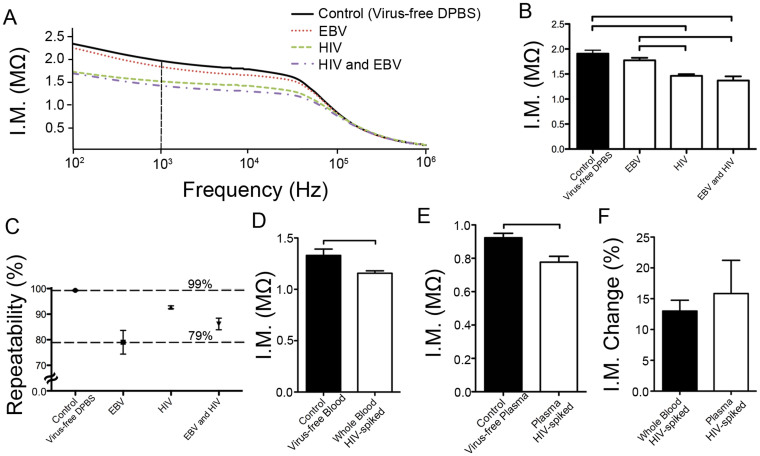Figure 3. Evaluation of specificity characteristics for the flexible material (i.e., polyester film)-based electrical sensing platform.
EBV- and HIV-spiked DPBS samples were used in the experiments. Control samples were virus-free DPBS. Average impedance magnitude (A) for lysed HIV-1 subtype A, EBV, and mixture of HIV subtype A and EBV for frequencies between 100 Hz and 1 MHz. (B) Impedance magnitude of the lysed HIV-1 subtype A, EBV, and mixture of HIV subtype A and EBV samples at 1,000 Hz and 1 V. (C) Repeatability of the impedance magnitude shift for HIV-1 subtype A, EBV, and mixture of HIV and EBV samples. The system demonstrated repeatability between 79% and 99%. Average impedance magnitude of control and lysed HIV-1 subtype C spiked in whole blood (D) and plasma (E) at 1,000 Hz and 1 V. The control samples were virus-free blood and virus-free plasma for experimental results reported in (D) and (E), respectively. Error bars represent standard error of the mean (n = 3). (F) Normalized impedance magnitude change of HIV-1 lysate samples with respect to control samples at 1,000 Hz and 1 V in spiked whole blood and plasma samples. Statistical assessment on the results was performed using ANOVA with Tukey's posthoc test for multiple comparisons. Statistical significance threshold was set at 0.05 (p < 0.05). Error bars represent standard error of the mean (n = 3). Brackets connecting individual groups indicate statistically significant impedance magnitude difference (p < 0.05). The viral loads of the HIV-1 subtype A and C used here were 1.74 × 108, 1.17 × 108 copies/mL, respectively.

